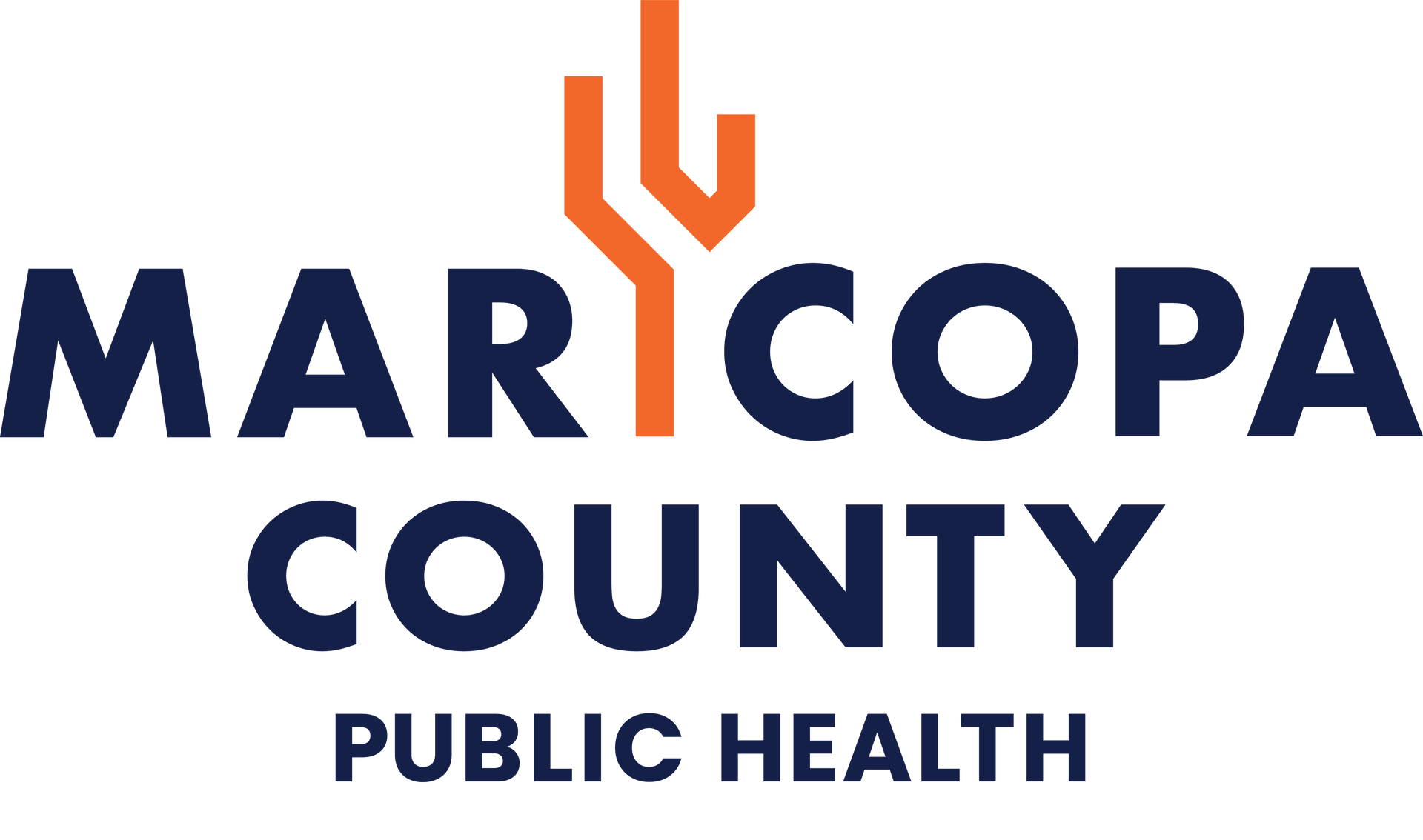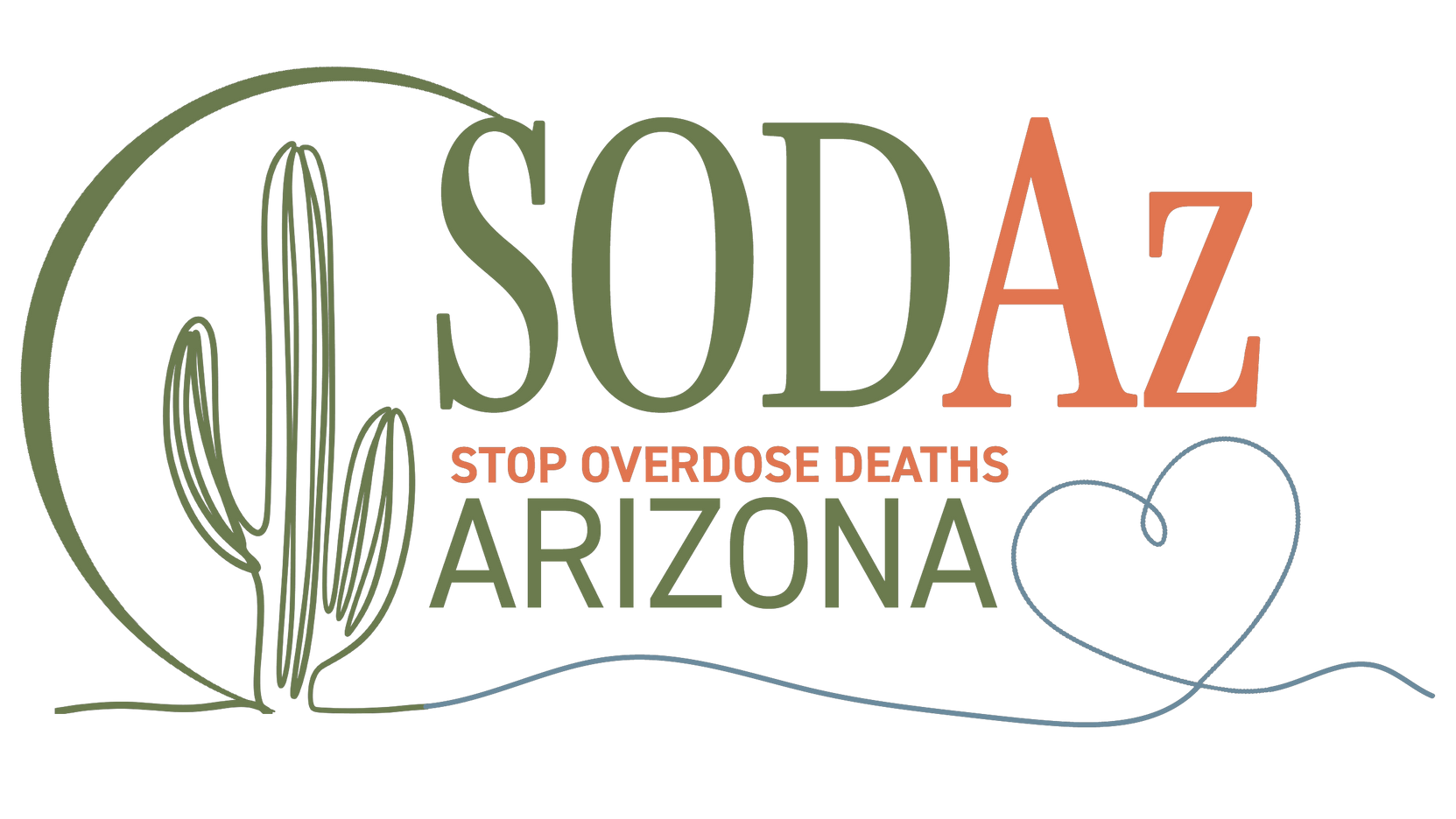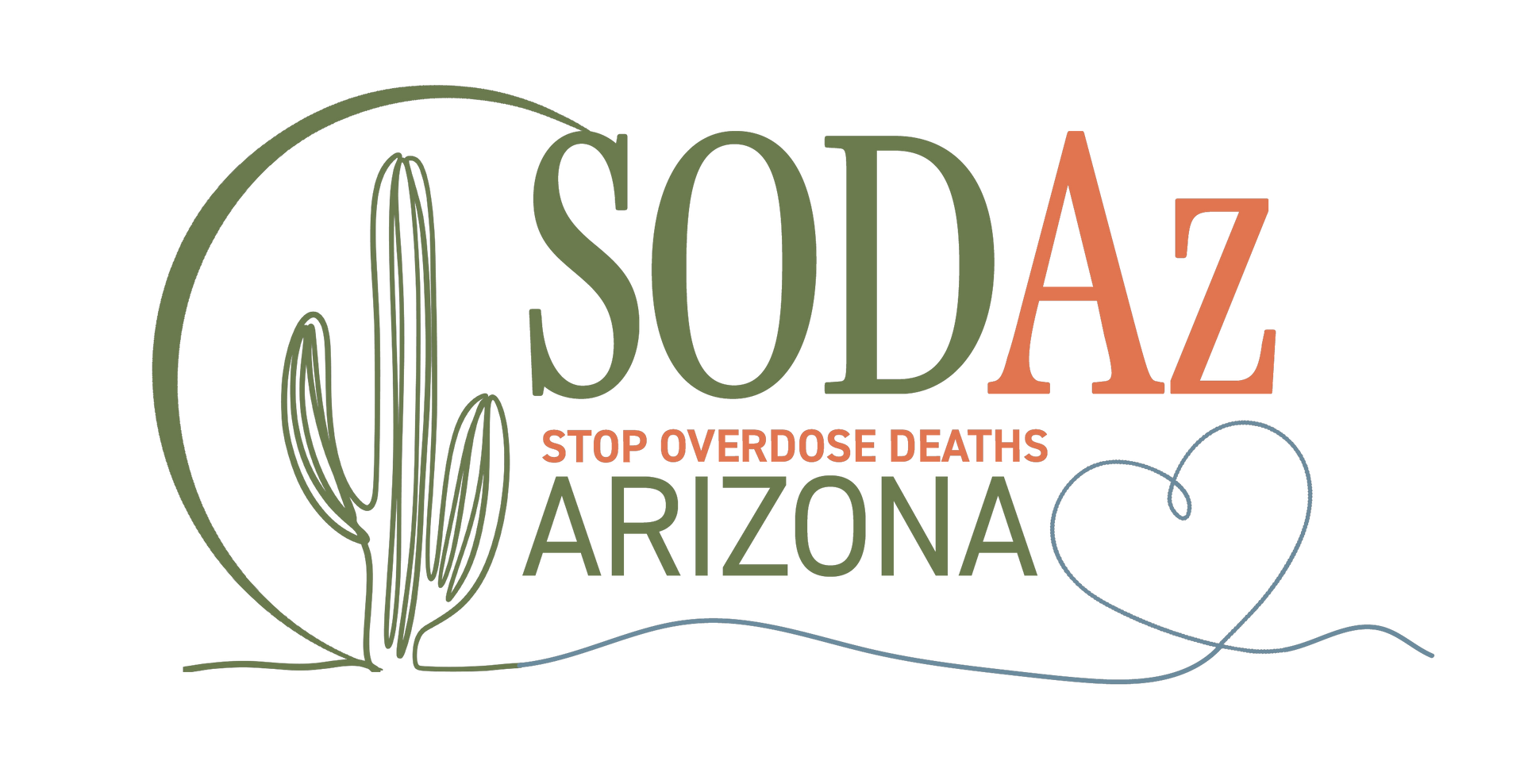
Frequently Asked Questions
Below are some frequently asked questions about naloxone and our work. If you have any additional questions, please feel free to email us.
-
What is naloxone and how does it work?
Naloxone is a medicine that can stop the effects of an opioid overdose. It works by attaching to the same receptors in the brain that opioids bind to, kicking of the harmful opioid medication. This helps the person to quickly get back to normal breathing and prevents the overdose from killing them. Naloxone can be given through a spray in the nose or by a shot, and it starts working right away.
-
Where can I get naloxone?
Individual needing Naloxone for themselves or someone they know:
Community Organization or Business:
-
Is naloxone safe to use?
Yes, naloxone is generally safe to use and is not harmful if given to someone who is not experiencing an opioid overdose.
-
How can I recognize the signs of an opioid overdose?
Common signs include:
- Slowed Breathing: The person's breathing becomes slow, shallow, or irregular.
- Extreme Sleepiness: The individual is hard to wake up or unable to stay awake.
- Bluish Lips or Fingernails: The skin may turn bluish due to lack of oxygen.
- Pinpoint Pupils: The person's pupils (the dark center of the eyes) become very small.
- Unresponsive or Unconscious: They do not respond to stimuli or calls.
- Gurgling, Choking or Snore-like Sounds: Noises that indicate difficulty breathing.
- Pulse is slow, erratic, or has stopped.
-
Can anyone get naloxone from a pharmacy?
Yes, in many places, including Arizona, getting naloxone from a pharmacy is becoming easier. Currently, Arizona has a standing order, which means that anyone can get naloxone through their local community pharmacy without obtaining a prescription.
-
How much does naloxone cost?
The cost of naloxone can vary depending on factors such as the type of naloxone, and whether you have insurance. Through our participating pharmacies (view naloxone map) you can receive naloxone FREE at no cost. Additionally, there are various community organizations that offer naloxone at no cost - Sonoran Prevention Works
-
What do I do if I suspect someone is experiencing an opioid overdose?
1. Check for response
2. Call 9-1-1
3. Use naloxone
4. Provide rescue breathing and basic life support as needed
5. Place the person in the recovery position
-
Are there any legal concerns related to using naloxone?
In Arizona, there are laws that protect people from getting in trouble with the law if they try to help someone who's in danger because of using drugs. These laws are there to make sure that people don't hesitate to get help when it's needed, even if they're worried about getting into trouble.
Remember that rules can sometimes change. To make sure you have the most current and accurate information about naloxone and its laws in Arizona, it's a good idea to ask legal experts or look in legal books or websites.
-
Can I administer naloxone to someone if I'm not a healthcare professional?
Yes, there are brief trainings that anyone can complete to learn how to recognize the symptoms of an opioid overdose, how to respond and how to administer naloxone.
-
How quickly does naloxone work in reversing an overdose?
Naloxone works very quickly. After giving someone a dose of naloxone if there is no response after 2-3 minutes you should give a second dose in the other nostril.
-
Can naloxone be used on different types of opioids?
Yes, naloxone works on all types of opioids and opiates, including Oxycodone, Morphine, Heroin, Fentanyl, Hydrocodone. It works by removing the opioid from the pain receptors that they bind to. This results in reversing the life-threatening effects of an opioid overdose.
-
What should I do after administering naloxone?
Sometimes the person may need more than one dose of naloxone. It’s important that you stay with the person, until emergency responders arrive.
-
How can I help reduce the stigma around opioid overdose and naloxone use?
1. Educate yourself and share accurate information.
2. Start open conversations without judgment.
3. Use caring language and stories.
4. Support awareness campaigns and policies.
5. Offer nonjudgmental support to those affected.
-
Can I get naloxone for someone else who may need it?
Yes, in many places, including Arizona, getting naloxone from a pharmacy is becoming easier. Currently, Arizona has a standing order, which means that anyone can get naloxone without a prescription.
-
Are there any age restrictions for obtaining naloxone?
In the state of Arizona, there are generally no age restrictions for obtaining naloxone. The standing order in Arizona allows pharmacists to dispense naloxone without a prescription to individuals who are at risk of experiencing or witnessing an opioid overdose.
-
Does naloxone have to be stored at a certain temperature?
Naloxone should not be exposed to temperatures above 104°F or under 41°F for long periods of time.
-
Will I get in trouble if I have used drugs and I call 911 because I think someone overdosing?
No, you are protected by the Good Samaritan laws and even if you have used drugs cannot get in trouble for calling 911.
-
What will happen after I give someone naloxone?
The person may become irritable, have nausea, vomit, fever, chills, or experience pain. Giving naloxone can cause someone to suddenly be in withdrawal.
Join Us in Making a Difference
We invite you to be part of the solution – By coming together, we can shatter the barriers of stigma, fear, and misunderstanding. Together, we can save lives and bring a second chance to those who need it most.
All Rights Reserved | Stop Overdose Deaths Arizona | Privacy Policy
The Stop Overdose Deaths AZ (SODAz) program is funded through The Coronavirus State and Local Fiscal Recovery Funds (SLFRF) program authorized by the American Rescue Plan Act. Funds have been granted to Maricopa County Department of Public Health, which has selected the Arizona Pharmacy Association as a subrecipient for funding.


